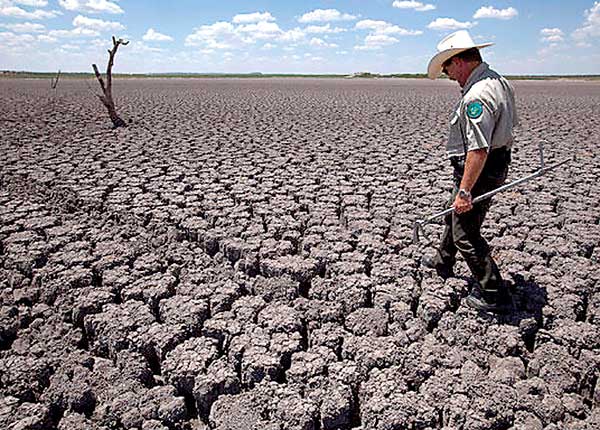27 Nov 2013 - {{hitsCtrl.values.hits}}

.jpg) UNFCC –COP 19 from 11 -22 in Warsaw Poland is attended by representatives of nearly 200 governments and United Nations Secretary General Ban Ki Moon addressed the plenary sessions on 19 November 2013 with a statement that “People around the world are feeling the wrath of a warming planet and the environment ministers had a steep climb ahead to agree to cut rising greenhouse gas emissions that scientists say fuel more extreme weather”. It was also stressed that the 200 governments of the UNFCC to seriously attempt to reach a deal in 2015 to fight global warming.
UNFCC –COP 19 from 11 -22 in Warsaw Poland is attended by representatives of nearly 200 governments and United Nations Secretary General Ban Ki Moon addressed the plenary sessions on 19 November 2013 with a statement that “People around the world are feeling the wrath of a warming planet and the environment ministers had a steep climb ahead to agree to cut rising greenhouse gas emissions that scientists say fuel more extreme weather”. It was also stressed that the 200 governments of the UNFCC to seriously attempt to reach a deal in 2015 to fight global warming.
25 Nov 2024 9 hours ago
25 Nov 2024 25 Nov 2024
25 Nov 2024 25 Nov 2024
25 Nov 2024 25 Nov 2024
25 Nov 2024 25 Nov 2024